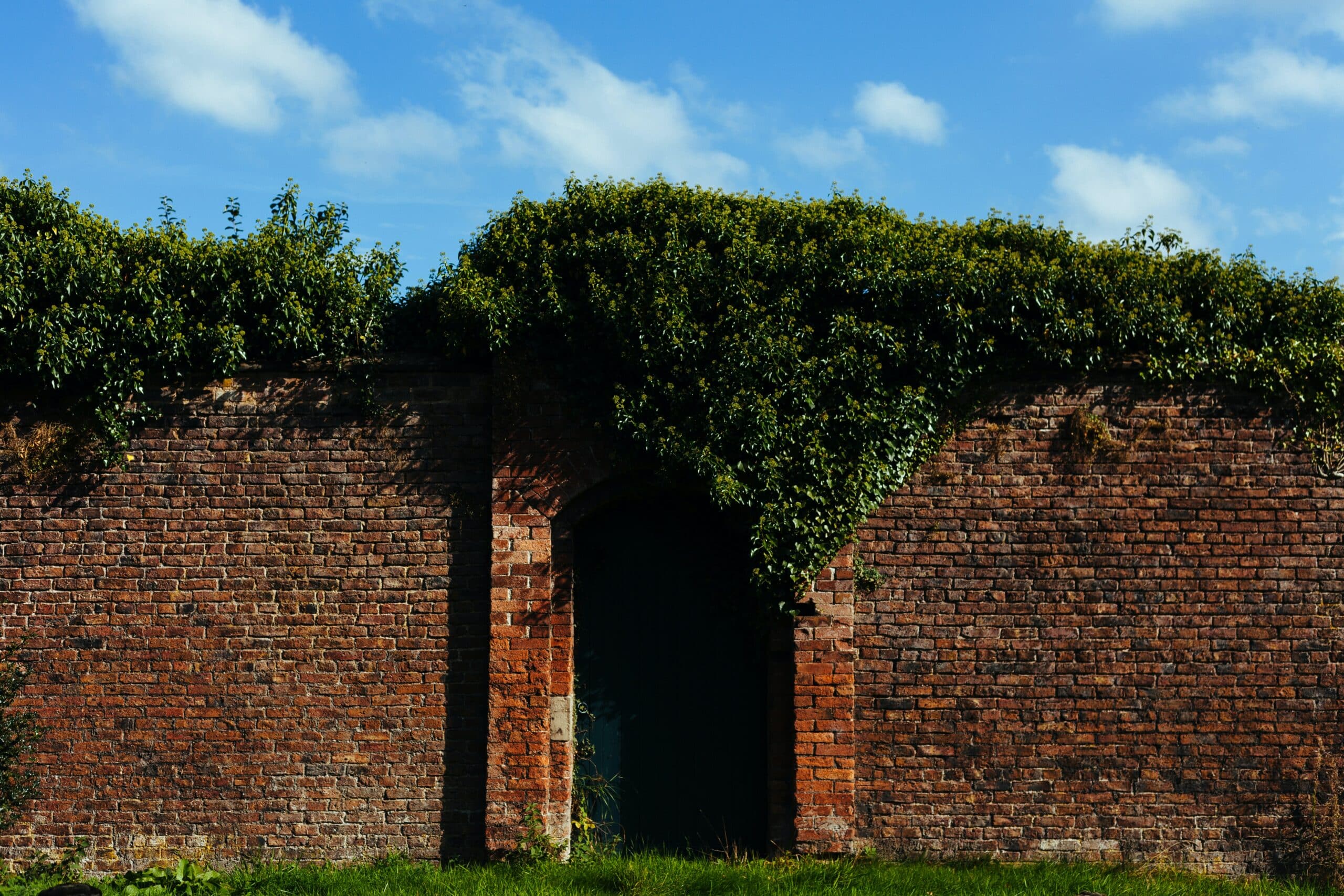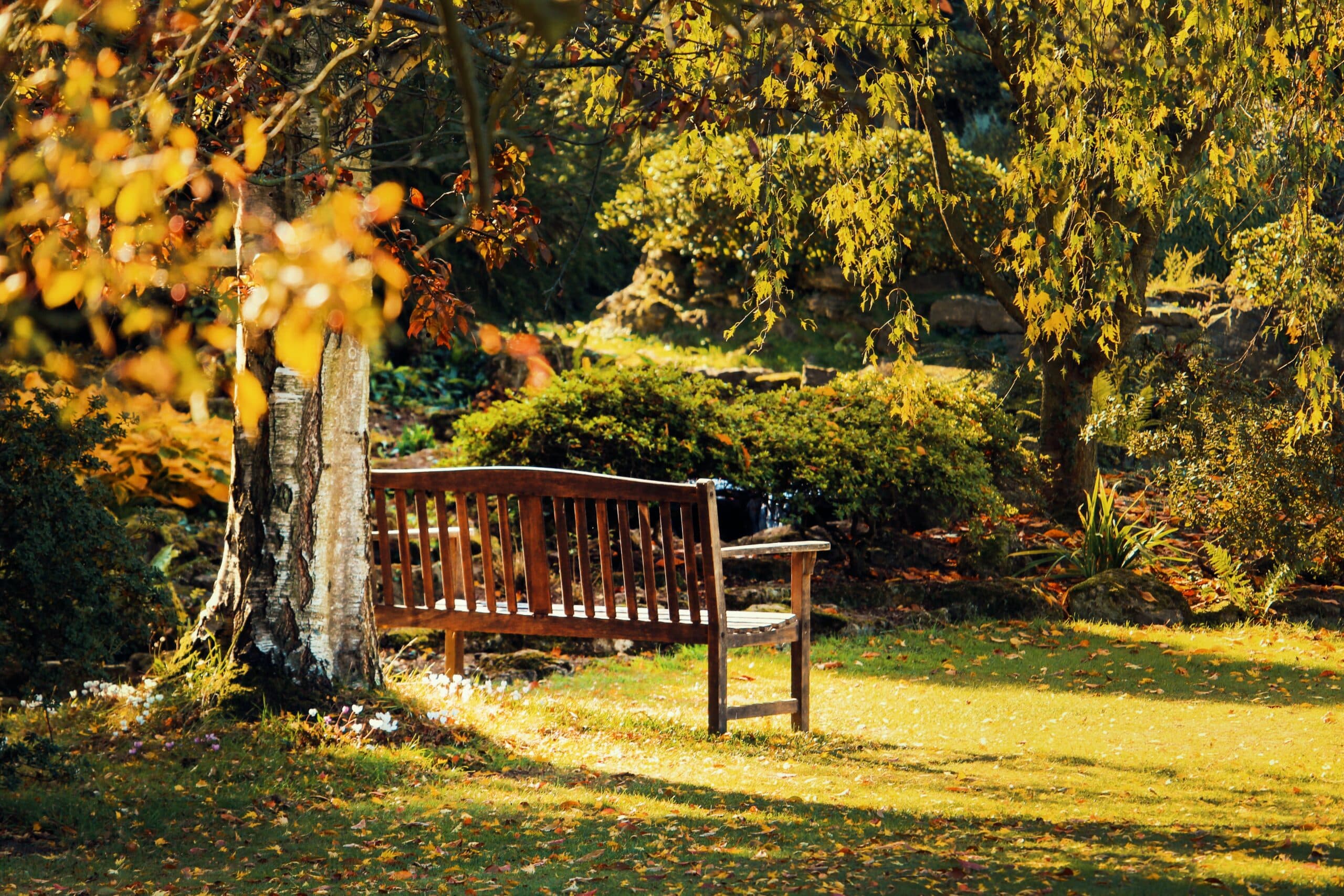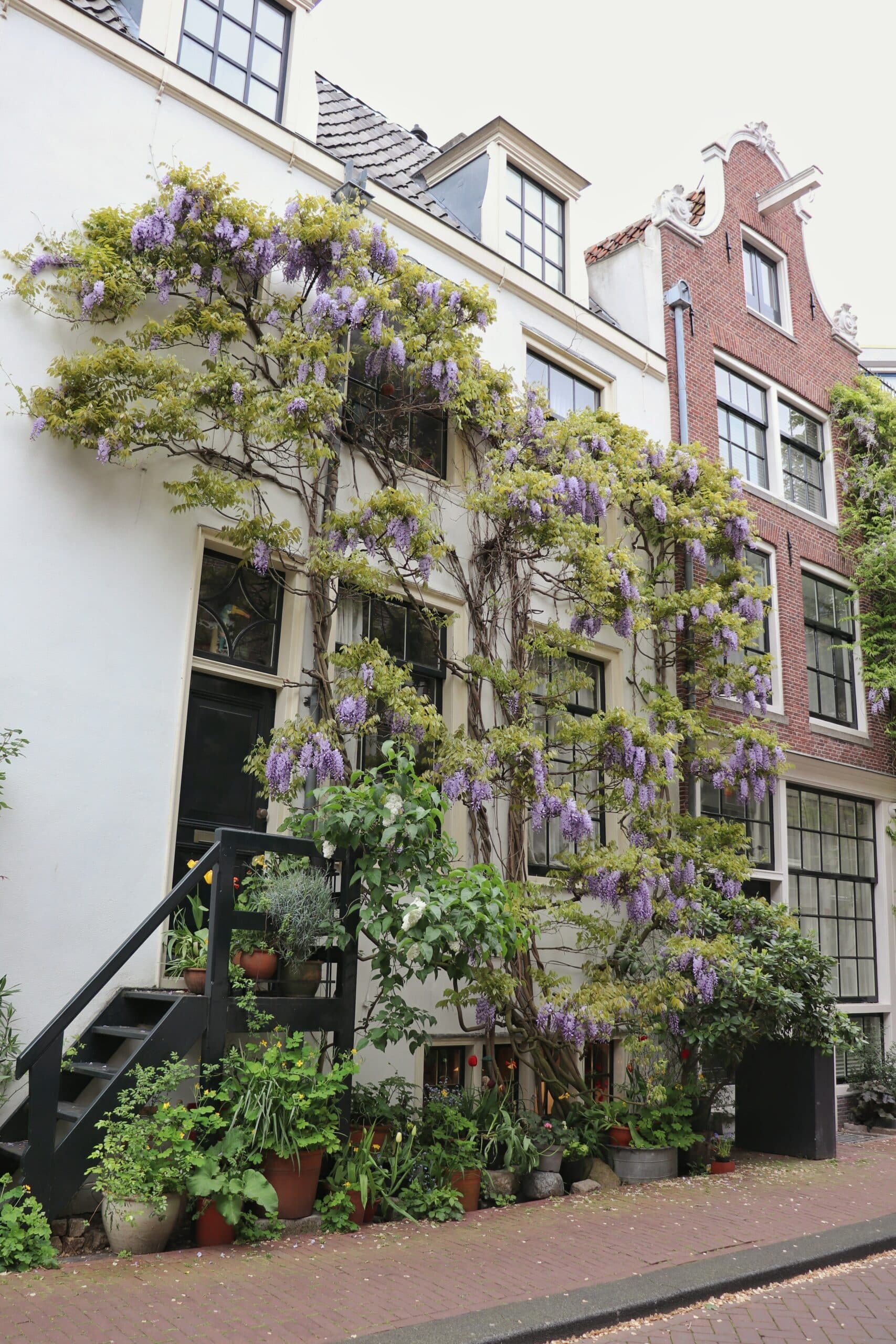“Sometimes since I’ve been in the garden I’ve looked up through the trees at the sky and I have had a strange feeling of being happy as if something was pushing and drawing in my chest and making me breathe fast.”
– Frances Hodgson Burnett, “The Secret Garden”
A childhood classic piece of literature, “The Secret Garden” is a tale about nature and everyday magic. Two children, who both begin the story sick, in different ways, find a forgotten garden locked behind a hedge and bring it back to life. While tending the garden, however, it becomes part of the magic that brings them back to life.
To my mind, and likely to those of many others who read the book, the term “secret garden” revives an amorphous sensation as strongly as it does memories of the actual story: an impression of childhood wonder and secrecy, of swirling green and red, the warmth of sunshine and cool of morning dew, wrapped in the comforting beauty of seclusion.
In this article I’m going to discuss that feeling and why it is particularly hard for city dwellers to achieve (yet important to do so). And for those striving to find a secret spot in their own cities, I’ll give you a head start at the end with a selection of a few of our locals’ favorite secret gardens in some of their cities.
The magic of the secret garden
“It was because it had been shut up so long that she wanted to see it. It seemed as if it must be different from other places and that something strange must have happened to it…”
Why does the sight of a door in a wall leading to an unknown place create such a delicious feeling of adventure?
Children and adults alike need a place they can call their own, where they can nurture and form their surroundings. Whether it be a home or a garden, this private space allows people to process their thoughts quietly, away from observing eyes. In our secret spaces, we can rest or engage in favorite activities. And for some people, including the children in the story, it becomes a place of healing, through nurturing something outside of themselves.
This is something I only realized recently, looking back on the story. Reading it as a child or young adult left me with a nice tale of two children reviving a sleeping garden and an impression of secret spaces and magic. As I grew up and began to analyze what I read more closely, however, I realized that the true beauty of the story lies in the magic of the garden, and its power to revive them from their sleepy lives.
In the story, one of the children is a “contrary” girl named Mary, who has never had a friend or heard a loving word in her life. The other character, Colin, is a boy who was told from a young age that he was sick and would die in childhood, and spends all of his time shut into a dark room wondering when it will happen. When Mary finds the garden and begins to embrace the world of living green things, and tells the boy who only thinks about dying about the life out in the world,
“… they both began to laugh over nothing as children will when they are happy together. And they laughed so that in the end they were making as much noise as if they had been two ordinary healthy natural ten-year-old creatures—instead of a hard, little, unloving girl and a sickly boy who believed that he was going to die.”
Tending to the garden, talking about the slowly unfurling rosebuds and chattering animals, brings them out of their unhappy inner worlds for the first time. This process, and the feeling of magic that accompanies it, has incredible power over their minds and in turn their lives.
The trouble with cities
For Mary and Colin, seclusion is not a difficult thing to achieve, as they live in the British countryside and are surrounded by empty fields for miles around. But in the big cities of modern life, finding a spot of green that feels even a little bit private can be very difficult.
I’ve lived in big cities all of my life, and have rarely lived within walking distance of a public forest, let alone empty open spaces. Sometimes when I am in my current habitat of London and look out of my window at the traffic and unforgiving concrete and glass surroundings, I long for a moment of solitude, and more than anything the magic of having a bubble of completely private space. As Sophie Dahl writes in an introduction to the novel, “In secret places we can think and imagine, we can feel angry or sad in peace. There is something to be said for just being, without worrying about offending anyone.”
This feeling might be impossible to achieve completely in modern cities. There will always be a neighbor behind a thin townhouse wall; while sitting in a public park there will always be some other people and houses in your sight. However, there are rare, hidden gems of green spaces and gardens scattered in the corners of some of our world’s cities, and they are well worth finding.
A selection of secret gardens
Whenever I stumble across an article about a “secret garden” on the Spotted by Locals city blogs, I feel that rush in my heart; the feeling I got from reading the novel, that yearning for a place in my city that in a way could be just for me.
I would encourage every city dweller to find that secret space where they can simply exist, perhaps nurture a small plant or project, and be without observation. The feeling of the secret garden, which can exist simply in small everyday moments that hold that magic of secrecy and wonder, holds such value for self-reflection and healing.
If you haven’t found that place yet in your city, here I have collected a few in Europe, the Middle East and North America to give you either a place to start, or the inspiration to discover your own hidden garden. Enjoy!
Yaakov Garden, Tel Aviv
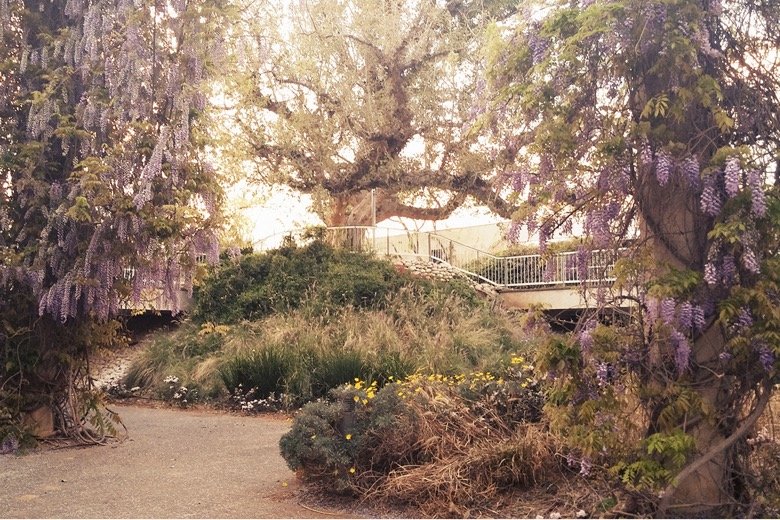
In almost every season, Yaakov Garden fills with the sweet, soothing smell of the flowers that make the garden come alive. Built originally in 1964 and recently renovated, it has two garden levels with preserved giant Ficus trees that are thousands of years old.
Our local Tel Aviv Spotter Sheilla admits that “my intentions for this spot were to keep it as a secret forever”. It’s a safe, unique little place you can escape to if the Kikar Hatizmoret garden is overloaded with people, with a cup of tea from Loveat café, listening to the relaxing water in the fountain. Luckily, she decided to share it in the end, so check it out if you are in the city and need a moment of solitude.
Torel Garden, Lisbon
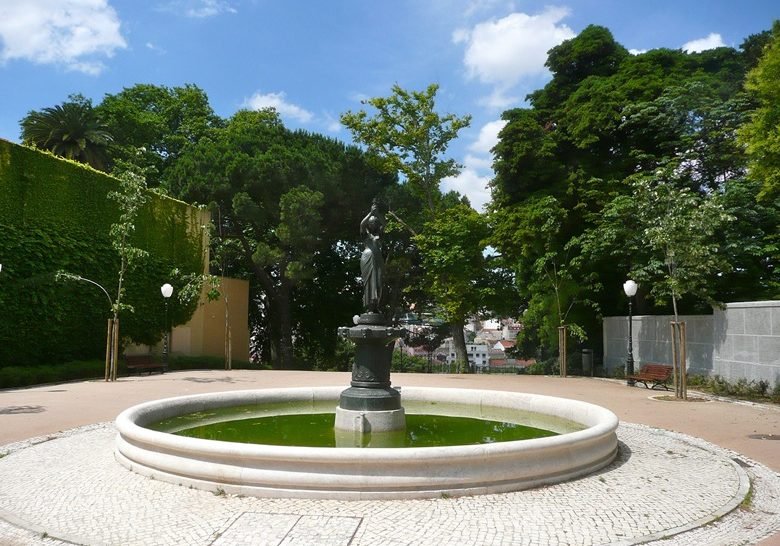
This is probably the most secret garden in Lisbon. That is, everyone in Lisbon knows it exists, has an idea where it is located, but most have never actually been here. Although it is rarely completely empty, you’ll likely catch a few moments of peace and solitude.
Entering Torel Garden feels like stepping into a sacred garden. Beauty arises around you as you pass through the main entrance. The fountain, the Egyptian statue, the green walls, everything is perfect. The garden is located on a hill, gorgeously planted with trees and with the nicest seats a garden can have. Also, the views from the garden are fantastic, as most views over Lisbon are.
Dunbar’s Close Garden, Edinburgh
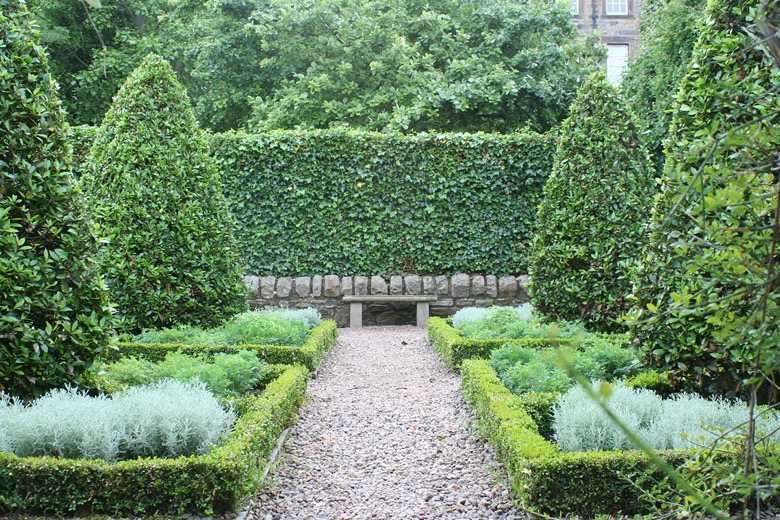
Just meters from the hive of activity that is Edinburgh’s Royal Mile, there are tiny gardens that are great for a quick escape to recharge your batteries or enjoy your lunch in silence. These gardens branch off of the area’s 80 or so narrow lanes, or “closes”, evidence of its medieval beginnings.
Local Spotter Anson’s favorite is Dunbar’s Close Garden, located near Canongate Kirk. The gardens have been laid out as they might have looked in the 17th century when the area was one of the wealthiest parts of the city. You are almost guaranteed to have it all to yourself. Grab a coffee from one of the Royal Mile coffee shops and enjoy a few moments of peace and quiet.
Square de Montsouris, Paris
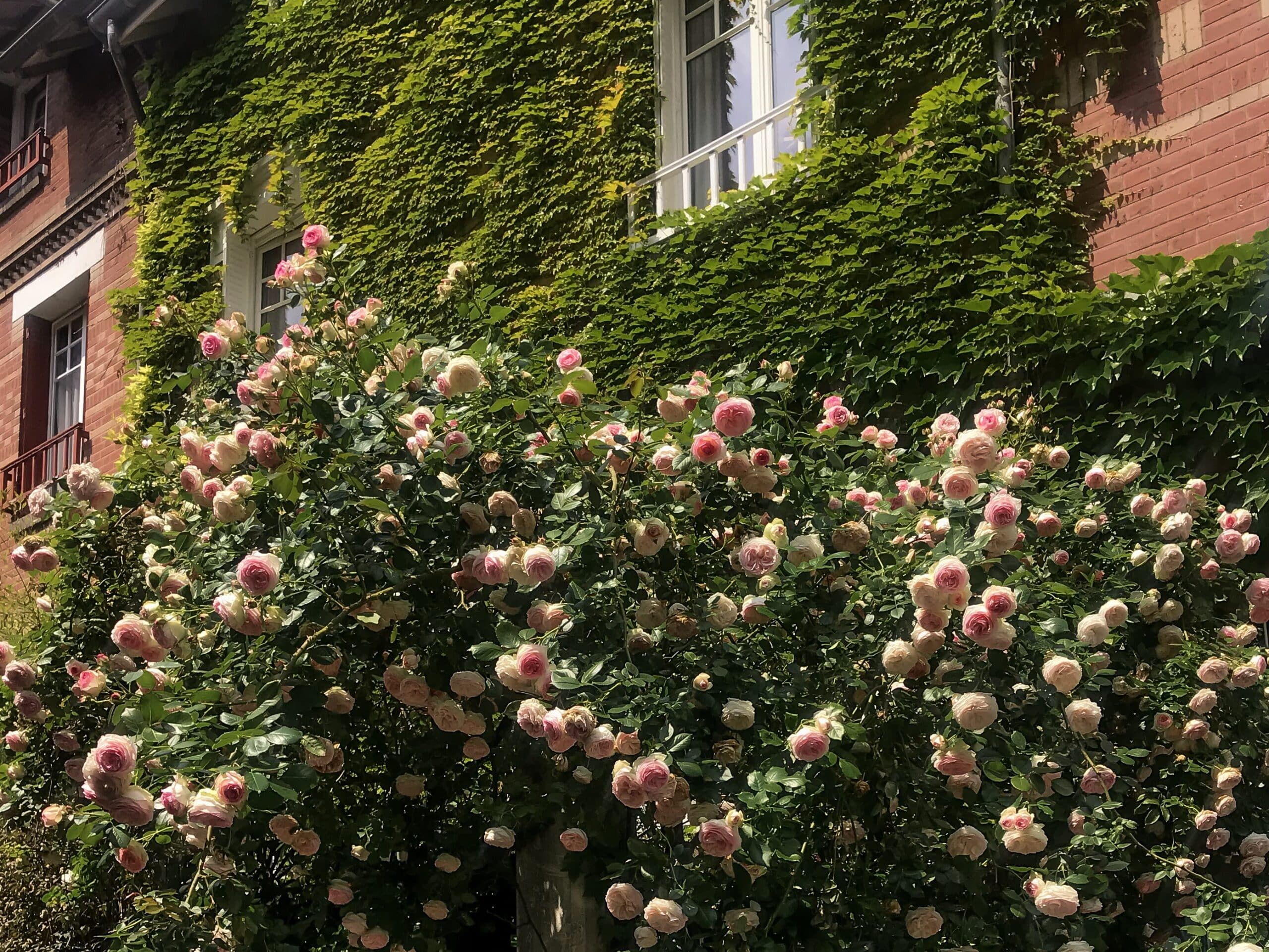
In the south of Paris, in the 14th arrondissement, lies spacious Park Montsouris. Even though it is located not far from the famous Parisian catacombs, it is rarely visited by tourists, making it a wonderful spot off the beaten track. What is even more delightful is the secret street called Square de Montsouris.
Outside, you might stumble upon a gorgeous rose bush hanging in full blossom from behind a fence on a pretty cobbled street. Entering Square de Montsouris and walking past its ivy-covered houses feels like going to Wonderland. It was built in the 1920s in art nouveau and art deco style and hasn’t changed since. A perfect example of hidden Paris, it is not disturbed much either by people or by cars. Enjoy walking here quietly, slowly, inhaling the delicate fragrance of roses.
Dalston Eastern Curve Garden, London
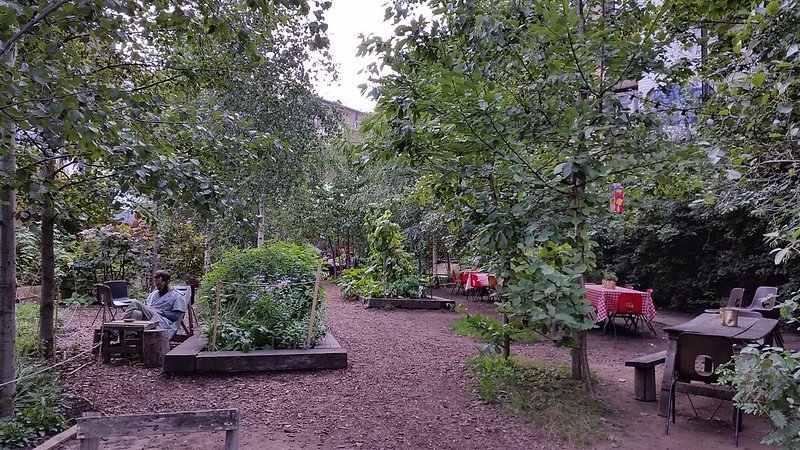
Hackney is well-known for being one of the greenest Boroughs in London. The range and quantity are both impressive, and from football pitches to historic parks, there are spaces to satisfy many different cravings. If you are searching for a (semi) secret green space, however, there is a little oasis at Dalston Eastern Curve Garden, tucked away on what used to be an old railway line.
Describing it really won’t do it justice – it’s small, there are birch and hazel trees, butterfly bushes, herbs and fruit and veg and little sculptures and odd bits of art here and there and a beautiful glass house called the “Pineapple House” – but it is so much more than just that, thanks to the incredibly urban setting. Dalston itself is always incredibly busy, but wandering into the Garden feels like you have entered another world.
Snug Harbor, New York
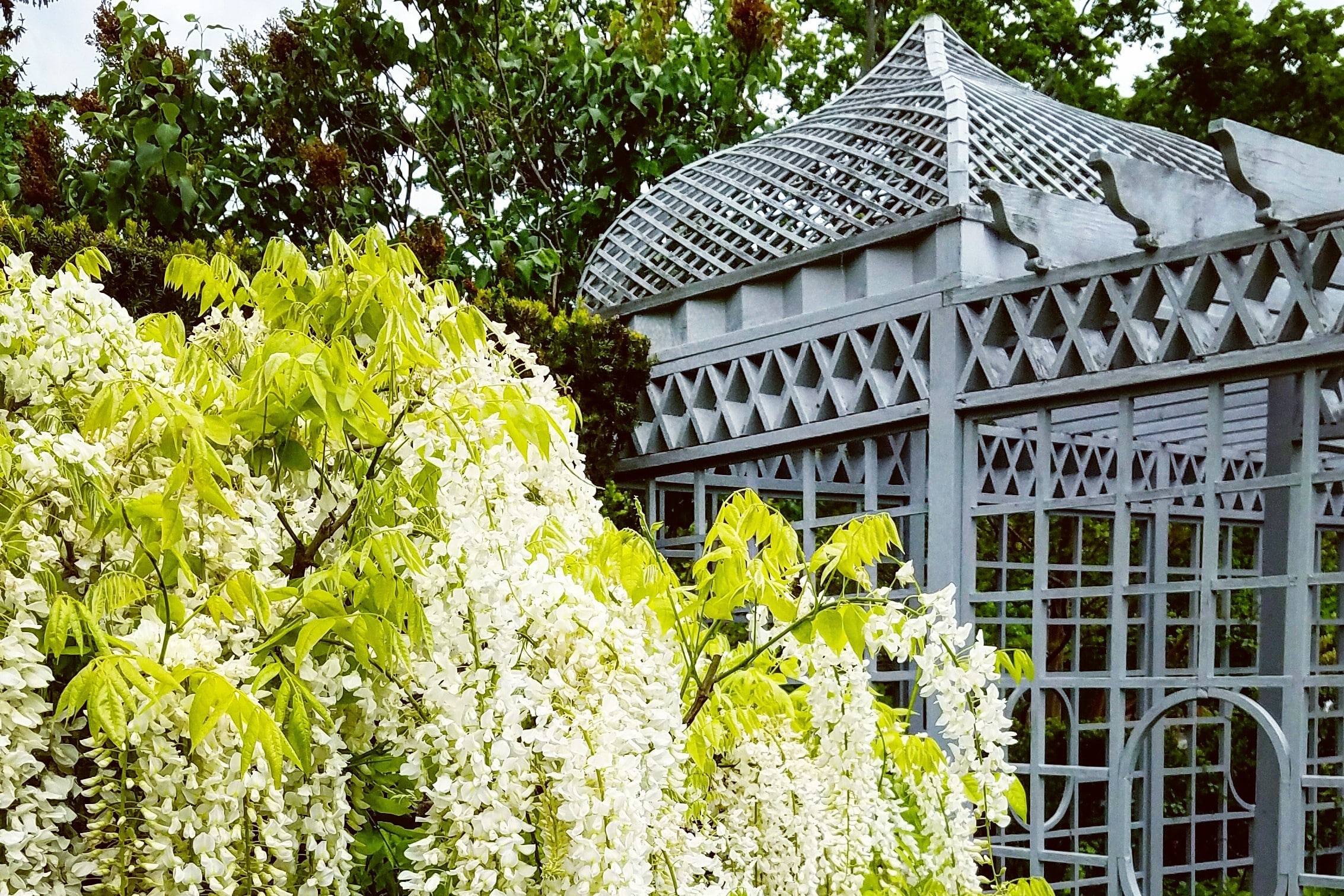
The grounds of Snug Harbor Cultural Center on Staten Island were originally a home for retired sailors. Nowadays, it has been repurposed to house museums, a community theater, classrooms for the arts, elegant event venues, and beautiful botanical gardens. Most areas of the grounds are free to enter and explore.
One of the best aspects of the center are its extensive and varied botanical gardens. From Tuscany to China, the gardens find inspiration around the world. There is a mysterious “secret garden” hidden in the hedge labyrinth. In the summer, the peony garden is a riot of color, blooming in every shade of pink and purple. On the other hand, the blossoms in the white garden make the perfect background to wedding photos in the spring.
Villa Aldobrandini, Rome

The secluded little park of Villa Aldobrandini sits high above street level, overlooking the shopping street of Via Nazionale. It feels like a haven from the crowds and traffic; a peaceful place to rest in the shade and rehydrate from the fountain. The park is filled with fragments of statues, adding to the mysterious atmosphere of the place.
Villa Aldobrandini can simply provide a respite from the sun, but it also gives you a unique perspective over Rome. From its south end you have great views over Piazza Venezia and the surrounding architecture. And while you admire the sights, keep in mind that you’re also literally standing on top of history: the park was originally a private garden, built in 1566 on top of the remains of an ancient Roman building.
Épitészpince, Budapest
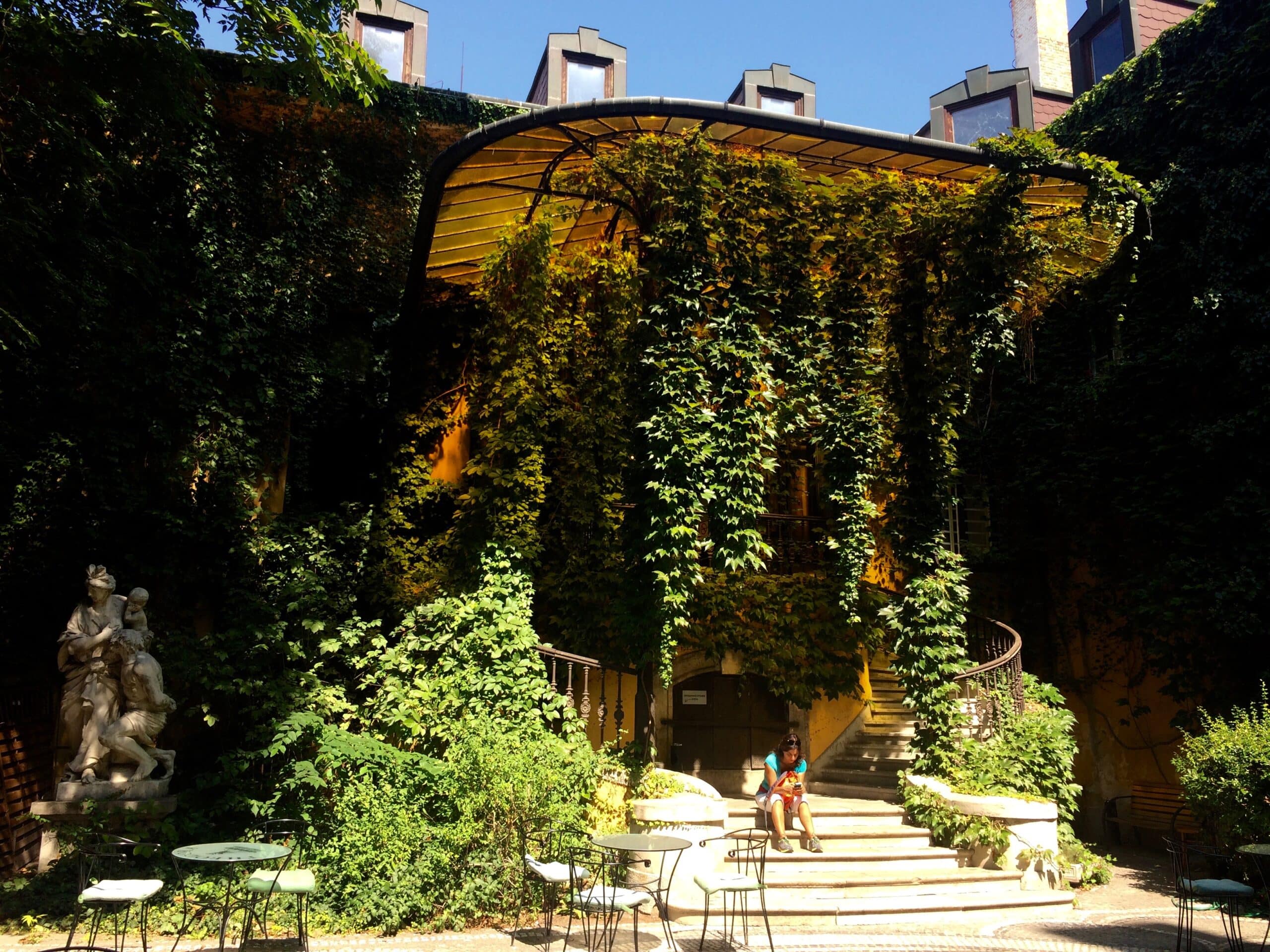
At the core of one of Budapest’s biggest districts lies a yellow courtyard and a garden covered with ivy, decorated by baroque statues and covered by a cobblestone pavement. This is the location of Épitészpince. Since 1954 the building here, called Almássy Palace, has been the headquarters of the Association of Hungarian Architects. It’s described as an “open house” where artists and architects can meet and merge with society.
The courtyard and its basement are occupied by the Architect Cellar bistro where you can order lunch or drinks. The location makes it one of the finest hidden gems in the city. Rarely crowded, it generally has a secluded vibe but can get buzzy at lunchtime, when it’s frequented by architects of the association who you might be able to meet and chat with.
Want more cool spots? We have blogs for 80+ cities in North America, Europe and the Middle East!

